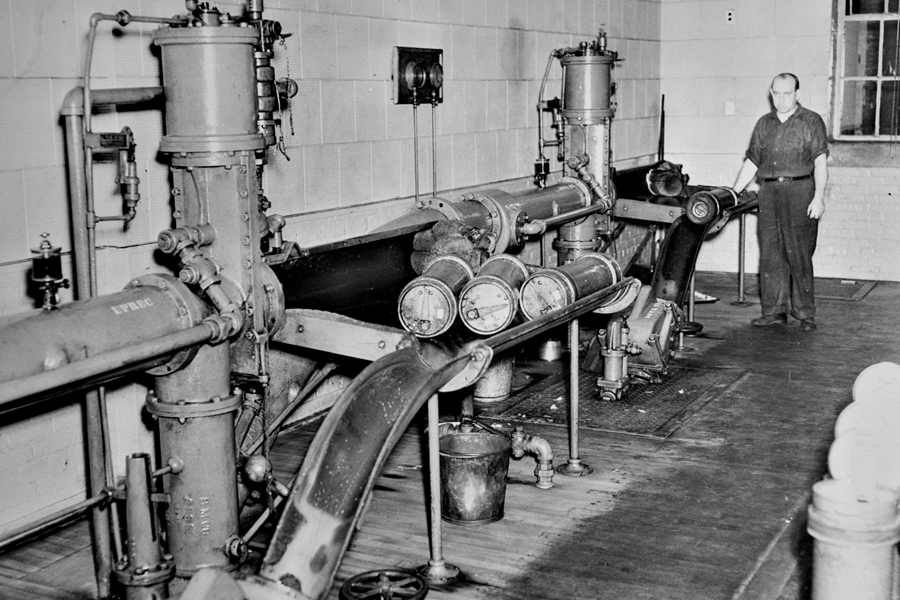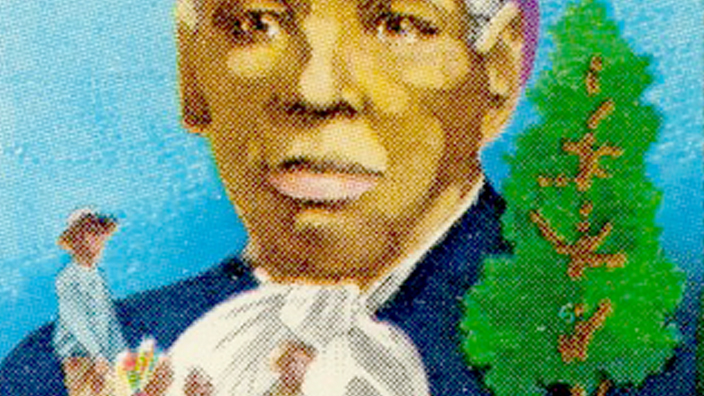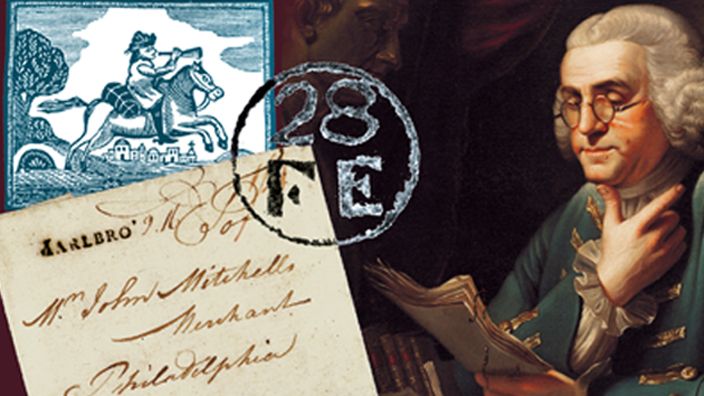Throughout its history, the nation’s postal system has strived to find faster, more efficient ways to deliver mail.
On Feb. 17, 1893, those efforts went underground when a pneumatic tube system for U.S. Mail was tested in Philadelphia.
Pneumatic systems employ compressed air to transport items in sturdy cylindrical canisters through a series of pipes.
Postmaster General John Wanamaker — founder of the Philadelphia-based department stores bearing his surname — advocated for their adoption, having successfully employed a pneumatic system at his flagship store.
When the day came, members of Philadelphia’s business elite gathered at the city’s General Post Office at Ninth and Chestnut streets. Wanamaker placed a Bible and U.S. flag in a canister and sent it on its way.
One minute and three seconds later, the canister arrived at the East Chestnut Street Station at Third and Chestnut streets, according to a Feb. 18, 1893, article in The Philadelphia Times.
That initial trip was followed by such cargo as newspapers, a loaf of bread, a length of walking cane, a shirt, a pair of shoes, a gold watch and “handsome bouquets of flowers” for Wanamaker and Philadelphia Postmaster John Field.
Later, New York City, Boston, Chicago and St. Louis deployed their own pneumatic systems.
Some dreamers imagined the tubes eventually linking every address in the nation, but the systems proved costly, and with the automobile age in the ascendant, their use for transporting mail was phased out over time.
However, they are still widely in use today at banks, hospitals and department stores.
Robert A. Cohen, author of a 1999 history of New York City’s pneumatic tube system, lamented the system’s demise.
“If it had not been dismantled and it was resurrected today, I think the tube system would be able to provide a remarkably quick, citywide Express Mail service that no private concern would be able to compete with effectively,” he wrote.
The “History” column appears occasionally in Link.



